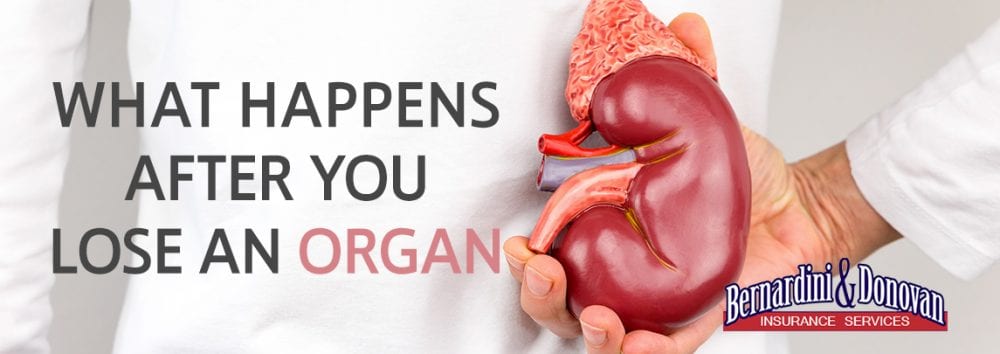This can sound like an ominous subject.
But the matter of the fact is that many people have different organs removed on a consistent basis. We are not talking about the vital organs like the lungs or liver. But we do regularly hear of people who have their gallbladder, tonsils, appendix or pancreas removed. So what happens after that? What is life like without these organs that you were born with?
Most people have their tonsils removed after having some complications with tonsillitis or suffering from sleep apnea.
Your appendix would only be removed if it has become infected. For both of these procedures, there is not much that will change in your day to day life. You should not suffer from sore throats as much if you have your tonsils out, and there will be no change good or bad when you have the appendix removed.
If you are getting your gallbladder removed, you most likely have had some issues with gallstones.
Passing a gallstone can be an excruciating process and if it should get stuck on the way out it can lead to some severe health issues. When your gallbladder is removed, you can no longer store bile in the same way. Bile helps break down fatty foods. Therefore, after getting your gallbladder removed, you would need to plan on changing your diet. All high-fat foods can lead to some potential problems for you, but you will also want to make sure that you are cutting down on foods that can cause gas as well. One of the more severe organs to get removed is your pancreas. Because the pancreas produces the insulin that your body needs to respond to glucose levels, when you get it removed you come out of the surgery a diabetic. This change will affect your diet, exercise and health care needs for the rest of your life.
These are all issues that could have an effect on the type of health insurance coverage that you may need. If you have gone through a primary medical procedure in the last year that will require more medical attention for you in the future, please talk to us for the best insurance coverage for your current health needs.


